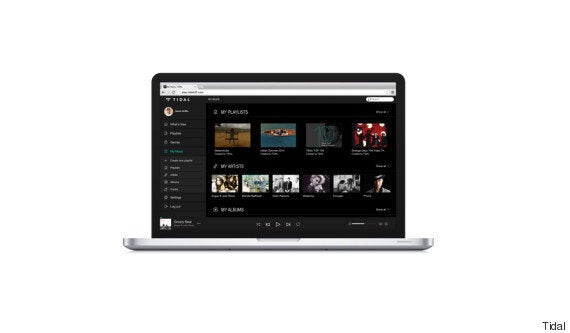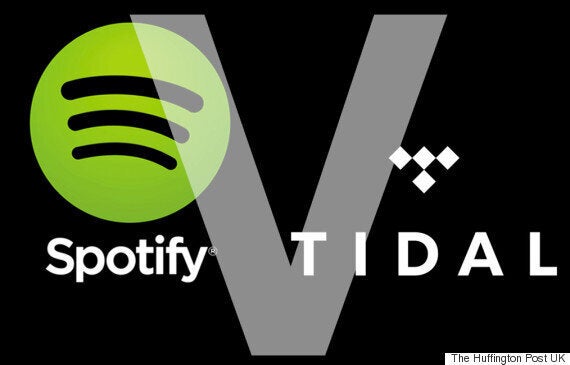Jay Z has unveiled his vision for music streaming: Tidal. A premium 'HiFi' audio service that'll provide audio and video, at a cost.
In simple terms it is a competitor to Spotify. The more complex answer is that it's a full-scale revolt by some of the world's most-successful artists to what they see as declining respect for the music industry. If you've even glanced at Twitter in the last 72 hours then the likelihood is that you've seen this:
It's the hashtag that's driving some of the world's most successful -- and richest -- musicians to change their social media profiles to this:
So why are they doing it, what's all the fuss about and why is Madonna lying on a table to sign a piece of paper? We answer all your Tidal questions and more.
So what is Tidal?

Quite simply, it's a music streaming service that will offer what it calls 'High Fidelity' lossless audio giving people the chance to listen to music as though it were being played live in front of you.
It contains curated playlists by music journalists as well as a huge library of HD video content including short films by artists as well as music videos and documentaries.
Tidal vs Spotify

This is the question that a lot of people are asking, and the truth is that Tidal isn't trying to compete with Spotify, it's looking to go around Spotify entirely.
Owned by Jay Z and part-owned by some of the world's biggest artists including Daft Punk and Madonna, Tidal has no free option, it's all paid for, which is precisely the point.
Speaking to Billboard Jay Z says: “We didn’t like the direction music was going and thought maybe we could get in and strike an honest blow. Will artists make more money? Even if it means less profit for our bottom line, absolutely. That’s easy for us. We can do that. Less profit for our bottom line, more money for the artist; fantastic.”
So what does Tidal offer that Spotify doesn't? Well until now, Tidal's major selling point has been that it offers 'HiFi' audio, however as much of the audio industry has discovered, this is a segment that is tough to crack.
What Is 'HiFi' audio?

'HiFi' audio is simply Tidal's way of describing uncompressed music. Nearly all music that's either downloaded or played via Spotify, iTunes Match, YouTube is compressed in some way. This is to save on your monthly phone bill and to make sure you can listen to the song in the first place.
Why? Well an uncompressed music file when downloaded can be over 100MB in size. Imagine a library with thousands of those tracks and you'll begin to see one of the key barriers.
'HiFi' and other lossless audio formats don't compress the original file when downloading or streaming, so while Spotify Premium streams at 320 kbps, Tidal streams its audio at 1411 kbps.
The difference is that it can sound incredible. The important word there is 'can'. While Tidal can stream and download music in 'HiFi', the chances are you won't notice the difference unless you've got a) a laptop/phone that can support it and b) some headphones that can actually do it justice.
How much will it cost and is it for me?
Tidal is launching in the UK with two pricing plans. The first is a non-'HiFi' audio service that'll just offer standard audio quality music for £9.99 per month.
The second is Tidal's flagship plan. It's £19.99 per month and it'll offer you the entire library of music in 'HiFi'.
Which one should you buy? Well if you're a real audio addict then the chances are you probably have a home speaker setup that can play lossless. It also might be worth investing in a a portable DAC like the Cambridge Audio DacMagic XS which will help turn any laptop into a high-quality audio player. Finally, you'll need some seriously high-quality headphones.
Audio only sounds as good as it's weakest component, so if you're spending £19.99 per month, don't then plug in some of Apple's standard headphones and expect to notice the difference, sadly that just won't happen.